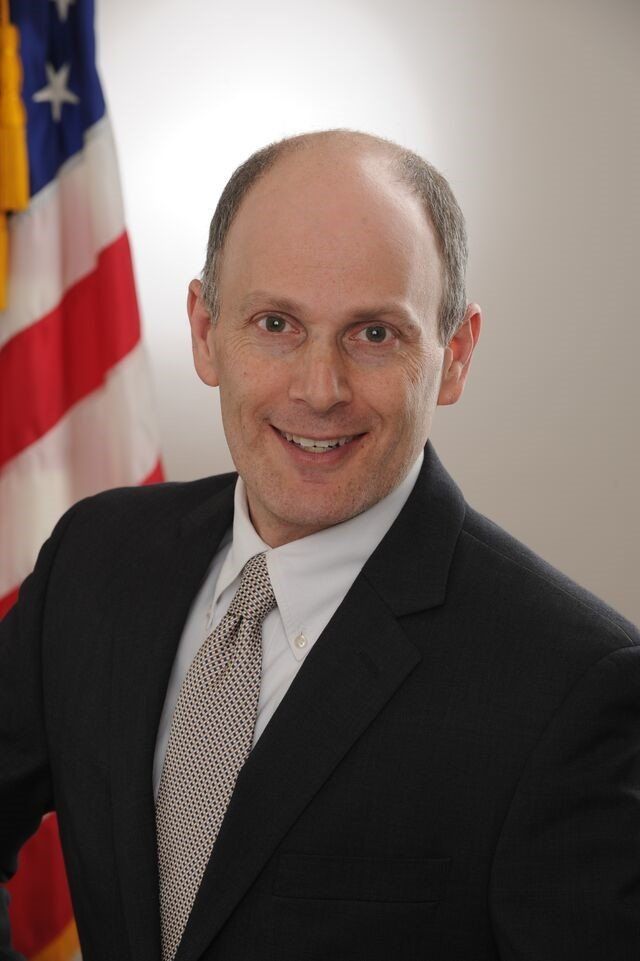How Technology, Well-Curated Community Networks Are Connecting Healthcare and Social Care
When addressing social determinants of health, healthcare execs are focusing on two critical factors that can benefit those social determinants: well-curated networks and technology.

Jacob Reider

As healthcare executives place a greater focus on addressing social determinants of health (SDoH), it’s important to look at the key factors that can advance those efforts. Two of the most critical are: 1.) well-curated networks that connect payers, providers and health plan members with social care; and 2.) the technology that facilitates those connections.
Like most organizations, non-profits that address the social needs of communities’ most vulnerable residents are starting to make strides in embracing technology. Payers are collaborating with providers to ensure that data is being used to refer patients to those community-based organizations to make sure that health plan resources are being used wisely, with a focus on better health care-and health-for members.
In some parts of the country, community-based organizations (CBOs) and medical provider groups-with the support of the payers in those regions-are effectively collaborating through technology-driven referral platforms as members of the same team to bring social care and health care together. By doing so in the context of well-curated networks, their communities’ most pressing social needsâincluding food insecurity, interpersonal violence, transportation challenges and housing instability-people’s well-being and overall health begin to improve.
Related: Defining Success in Healthcare
But faxing information back and forth or sending patients off with a food pantry’s phone number on a sticky note and hoping they call may still happen all too oftenâeven though we all agree that in the hyper-connectedness of today, it shouldn’t. If teenagers in North Dakota can strike up fluid conversations with peers in Mumbai, surely there must be a way for a physician to refer an individual to a food pantry with confidence the CBO will receive the message and confirm that the individual's needs have been met.
Virginia, there is a way for this to work
Modern, technology-driven platforms are available to facilitate referrals that address social needs, but they must possess key characteristics to achieve success. First, the platform must enable medical providers to connect individuals to social service organizations, such as behavioral health providers, benefit navigators, food pantries and workforce development agencies. Next, they must make it simple for these organizations to understand patients’ health statuses and how their social needs may be unique as a result. Finally, the systems need to have automated feedback that notify team members when patients receive services (and when they do not) so that appropriate action can be taken.
Just as importantly, referral platforms need to help CBOs and provider groups communicate effectively to address their patients’ needs and care plans in a unified way. Siloed technology can cause siloed processes and siloed decisionsâincreasing the risk that individuals could fall through the cracks between well-intentioned efforts to collaborate. Finally, these platforms must be capable of capturing the right information, based on claims data and information collected during the doctor or hospital visit, to measure the effectiveness of social interventions, including the extent to which interventions are producing desired health and financial outcomes.
Where technology sometimes falls short
Reminiscent of the now-familiar story of the GPS app that directs the unsuspecting driver to take a wrong turn into the nearest lake, we’d be wise not to outsource all of our decisions to technology with no questions asked. As it relates to addressing SDoH, consider the electronic health record (EHR).
Most out-of-the-box EHR configurations do a poor job of capturing the breadth and depth of SDoH information that care teams (both social and medical) need to guide effective decision-making. And the solution isn’t as simple as “just add a new field to the EHR.”
If we go down that route, the question then becomes, “Okay, so what goes in the field?” If it’s free text, we could be creating a new problem: a situation where understandably confused providers will type in a bunch of unexpected information. Another option is to create a checkbox, but then that checkbox would ideally map to a semantic concept, which must in turn map to a LOINC code (a universal standard for identifying observations) or an ICD-10 Z-code (social characteristics). In short, there’s no easy, obvious solution.
The network: curation is key
While that’s just a single example, it illustrates a long-acknowledged truth: community-based health is a people-intensive process that relies heavily on relationships. That’s why, in addition to the right technology, the right network-a group of engaged, high-quality local medical providers, behavioral health providers, and social care providers-is critical.
A network that defines and then adheres to best practices and is committed to achieving positive outcomes for the community it serves will require a high level of curation. A well-curated network, in turn, is about creating an ecosystem that is reliable, functional and convenient.
In the context of SDoH, a well-curated network is one that makes the right thing to do for the individual, the easy thing to do. For members of the network, the act of participating is a commitment to adhering to its standards of service-which may involve factors such as minimum response times, a commitment to accept referrals, and a commitment to communicate in a fluid manner with all other network members.
The bottom line: A network is much more than a simple directory of service providers or a three-ring binder of community resources. A network is a tightly knit tapestry of relationships, commitments, andâyesâtechnology.
As technology and information capture improve in the future, payers support SDoH data integration for providers and CBOs, and social care/health care networks become more fine-tuned, the business case will be built for addressing SDoH early to prevent the cascade of medicalization that leads to individual suffering and creates population health challenges. To get there, we’ll need to keep investing in both our technology and our networksâas both are necessary, but neither alone is sufficient to move SDoH goals forward.
Jacob Reider, MD, served as deputy director of the Office of the National Coordinator for Health Information Technology (ONC) during the Obama administration. He is currently CEO of Alliance for Better Health, a company focused on helping Medicaid members and the uninsured achieve optimal health and health care.
In the Scope of Virtual Health and the Future of “Website” Manner, Per Ateev Mehrotra
August 10th 2023Briana Contreras, an editor of Managed Healthcare Executive, had the pleasure of catching up with MHE Editorial Advisory Board Member, Ateev Mehrotra, MD, MPH, who is a professor of healthcare policy at Harvard Medical School and an Associate Professor of Medicine and Hospitalist at Beth Israel Deaconess Medical Center.
Listen
In the Scope of Virtual Health and the Future of “Website” Manner, Per Ateev Mehrotra
August 10th 2023Briana Contreras, an editor of Managed Healthcare Executive, had the pleasure of catching up with MHE Editorial Advisory Board Member, Ateev Mehrotra, MD, MPH, who is a professor of healthcare policy at Harvard Medical School and an Associate Professor of Medicine and Hospitalist at Beth Israel Deaconess Medical Center.
Listen
2 Commerce Drive
Cranbury, NJ 08512
All rights reserved.